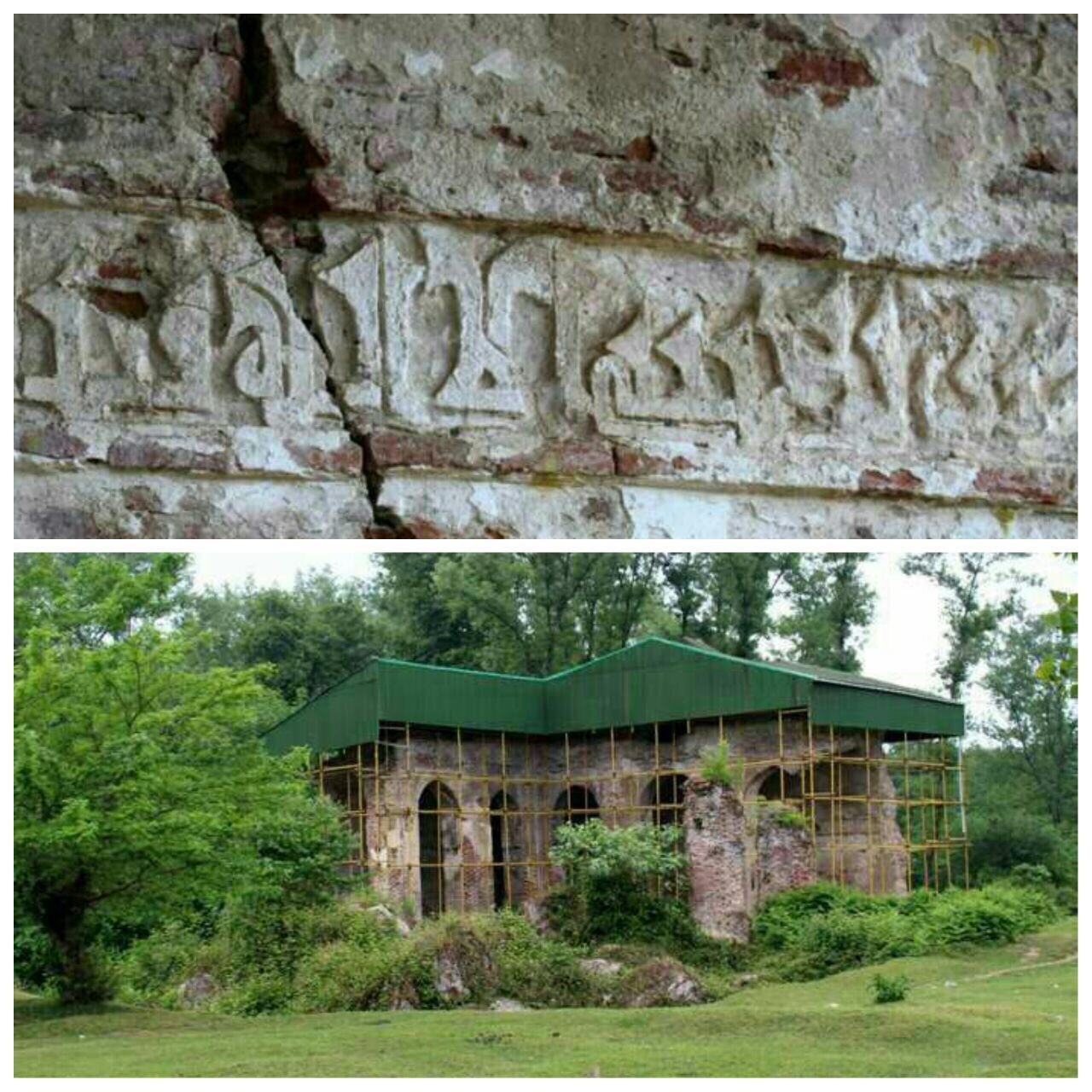Espi Mazget, a ruined Sassanid temple in northern Iran

TEHRAN - Nestled in the lush landscape of Gilan province, lies the ruins of Espi Mazget, which was originally a place of worship in the Sassanid era.
Espi Mazget, deriving its name from the Persian words 'Espi' meaning white and 'Mazget' meaning mosque, is located 80 kilometers west of Rasht, 22 kilometers south of Talesh, within the Dinachal rural district in Rezvanshahr.
The Sassanid era (224 CE–651) is of very high importance in the history of Iran. Under the Sassanids, Persian art and architecture experienced a general renaissance.
After the fall of Sassanids, the temple was turned into a mosque and served the locals for several centuries.
According to Visit Iran, the renowned Iranian scholar Manuchehr Sotudeh has hailed Espi Mazget as one of the wonders of Gilan, underscoring its historical and cultural significance.
In terms of architectural significance, Espi Mazget showcases a unique architectural design with a central porch flanked by two side corridors. The corridors are three and a half meters wide and rise to a height of six meters.
The base of the porch is octagonal, transitioning into a curved vault at the upper levels. The construction materials include stone, red brick, pottery, and lime mortar.
The walls, standing at 175 centimeters tall, are covered with stone up to one meter from the ground, with the upper sections featuring red bricks measuring 23 by six centimeters. These elements are meticulously joined with lime mortar, reflecting the advanced masonry techniques of the time.
Moreover, the temple features two columned porches with semi-curved entrance gates on its north and west sides, and the curved walls and inclined ceilings combine elements of a barrel vault and fire temple architecture.
A traditional mortar covers the brick walls, adorned with Kufic inscriptions and floral motifs, remnants of which still survive from the Middle Ages. The construction date etched on the wall points to the fifth century AH, while discovered pottery fragments trace back to the Ilkhanid period of the eighth century AH.
Despite its grandeur, Espi Mazget has faced significant challenges over the centuries. Rooting jungle trees, floods from the Dinachal river, and human interference have caused damage to this ancient monument. Efforts to preserve and restore the site are crucial to maintaining its historical integrity and cultural value.
For travelers seeking a deep dive into Iran's historical landscape, Espi Mazget offers a captivating journey through time.
The serene setting of its surrounding villages, combined with the mystical ambiance of nearby forests, provides a perfect backdrop for this ancient marvel.
Visitors can explore the architectural details such as ancient inscriptions, and enjoy the tranquil beauty of the surrounding nature.
Bounded by the Caspian Sea and the Alborz Mountain range, the Gilan region was within the sphere of influence of the successive Achaemenian, Seleucid, Parthian, and Sasanian empires that ruled Iran until the 7th century CE. The subsequent Arab conquest of Iran led to the rise of many local dynasties, and Gilan acquired an independent status that continued until 1567.
AM
